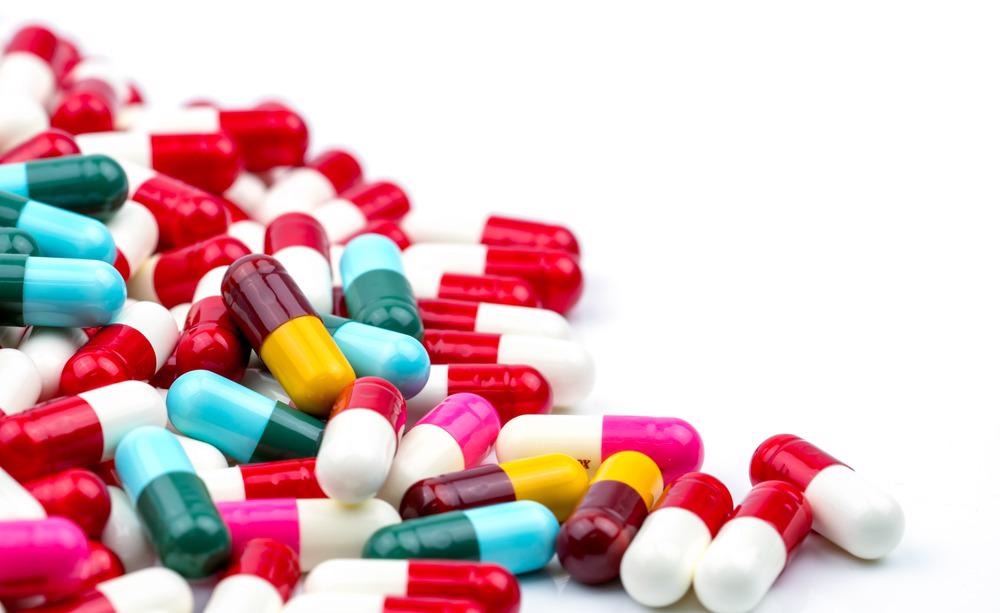The concept of druglikeness is the consideration of how various properties of a chemical compound, such as its lipophilicity, compare with drugs that are already available on the market.

Image Credit: Fahroni/Shutterstock.com
Over the last two decades, it has become a well-established method of reducing attrition. However, new research suggests that the method potentially has severe limitations, those that are only just becoming fully understood. Unless these limitations are addressed, druglikeness techniques may reduce the success rate of new drugs reaching approval, rather than increasing it, as it was intended to do.
Searching for a method to optimize drug discovery
Drug discovery has undergone significant advancements in the past few decades. Each year, the FDA has recently been approving 40-50 novel therapeutics in the US alone, double what it was 20 years ago, demonstrating the speed at which the field is advancing. Here, we discuss technological and theoretical steps forward that helped to propel drug discovery to where it is today.
Around thirty years ago, combinatorial chemistry and high-throughput screening (HTS), two complementary technologies were predicted to drastically alter the face of drug discovery. It was believed that combinatorial chemistry would give scientists access to an unparalleled number of molecules to investigate and that HTS would facilitate the rapid screening of these molecules against the growing number of novel targets being produced by genomic research.
The initial work produced by these two complementary methodologies did not live up to expectations. Many compounds that were identified by HTS and combinatorial chemistry in the mid-1990s were eventually deemed unsuitable for further testing, often due to issues with solubility and permeability.
Medicinal chemist Christopher Lipinski and his colleagues set out to understand why the methods, which had shown so much promise, were falling short. Through their investigations, Lipinski and his team developed the 'rule of five’ for predicting the absorption or permeability qualities of a given compound based on its simple physicochemical properties.
The ‘rule of five’ states that when a compound has greater than five hydrogen-bond donors, ten hydrogen-bond acceptors, a molecular weight greater than 500, and a calculated Log P (CLogP) [a measure of lipophilicity] greater than five, it is more likely to have poor absorption or permeation qualities. Additionally, the team’s work on developing the ‘rule of five’ helped them to understand why combinatorial chemistry and HTS had not performed as expected as HTS often highlights compounds that have a higher MWT and Log P and lower turbidimetric solubility.
A protein’s ability to bind with a high-affinity ligand with therapeutic properties is key to the success of a compound selected for drug development. Over the years, research has deepened to extend to other molecules like DNA and RNA that can also act as drug targets. Evaluating the “druglikeness” of a molecule is vital to helping medicinal chemists effectively screen drug targets. Lipinski's ‘rule of five’ is the key to evaluating druglikeness, it helps scientists determine whether a chemical compound with particular pharmacological or biological activity has the correct chemical properties and physical properties that would lead it to be an orally active therapeutic in humans.
In current drug discovery research, scientists emphasize the importance of producing a constant stream of novel chemical compounds and candidate drugs that have physicochemical and biological properties that are similar to those of existing drugs. The ‘rule of five’ can help to narrow down the ever-growing list of compounds to find those that will behave most similarly to the target drug while also being suitable for use in humans.
As scientists assess more compounds for their "drug-likeness" properties, our knowledge of pharmacokinetic and pharmacodynamic properties of chemicals grows. With this knowledge, scientists can better predict which compounds will be most likely to succeed throughout all stages of clinical trials, through to approval.

Image Credit: paulista/Shutterstock.com
Future directions for druglikeness in drug discovery
While the concept of druglikeness has gained support from drug discovery teams around the world, new data suggests that the compounds that have been more recently synthesized by this method have been larger and more lipophilic than traditional oral drugs. Increases in drug lipophilicity are a key concern of scientists involved in drug development as it plays a vital role in facilitating the binding of the compounds to undesired targets. Such binding is associated with adverse events (side effects) that may prevent the compound from being used in humans. Therefore, increases in lipophilicity are linked with increased drug failure rates.
Urgent attention must be given to this issue in order for the concept of druglikeness to remain accepted within the field of drug discovery. Adjustments will need to be made to the original methodology to counter this effect, if not, the impact of streamlining the drug development process will be lost, as will the value of the druglikeness concept.
Sources:
- Anon, 2007. A decade of drug-likeness. Nature Reviews Drug Discovery, 6(11), pp.853–853. https://www.nature.com/articles/nrd2460#citeas
- Athar, M. et al., 2019. Fundamental physical and chemical concepts behind “drug-likeness” and “natural product-likeness.” Physical Sciences Reviews, 4(12). https://www.degruyter.com/document/doi/10.1515/psr-2018-0101/html
- Jia, C.-Y. et al., 2020. A drug-likeness toolbox facilitates ADMET study in Drug Discovery. Drug Discovery Today, 25(1), pp.248–258. www.sciencedirect.com/science/article/abs/pii/S1359644619304180
Further Reading
Last Updated: Feb 1, 2022